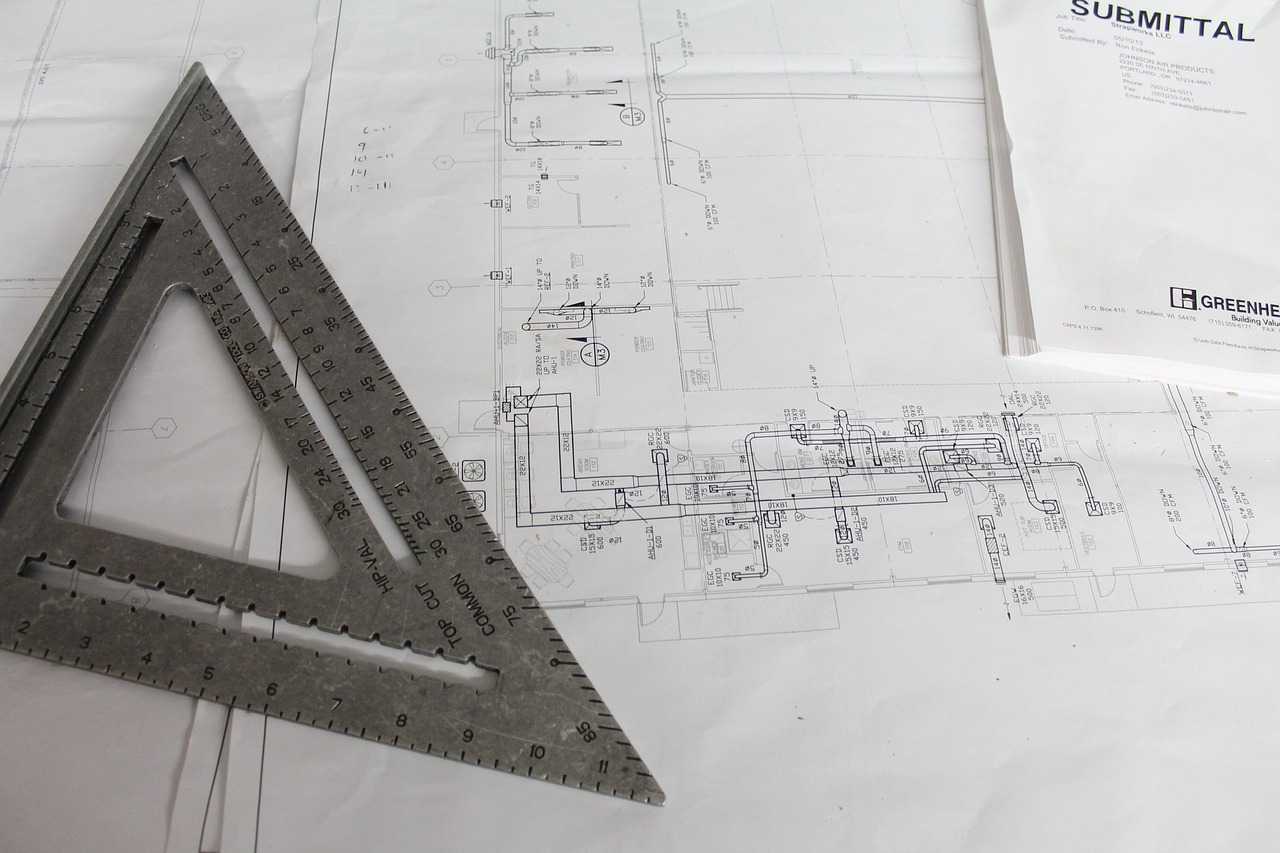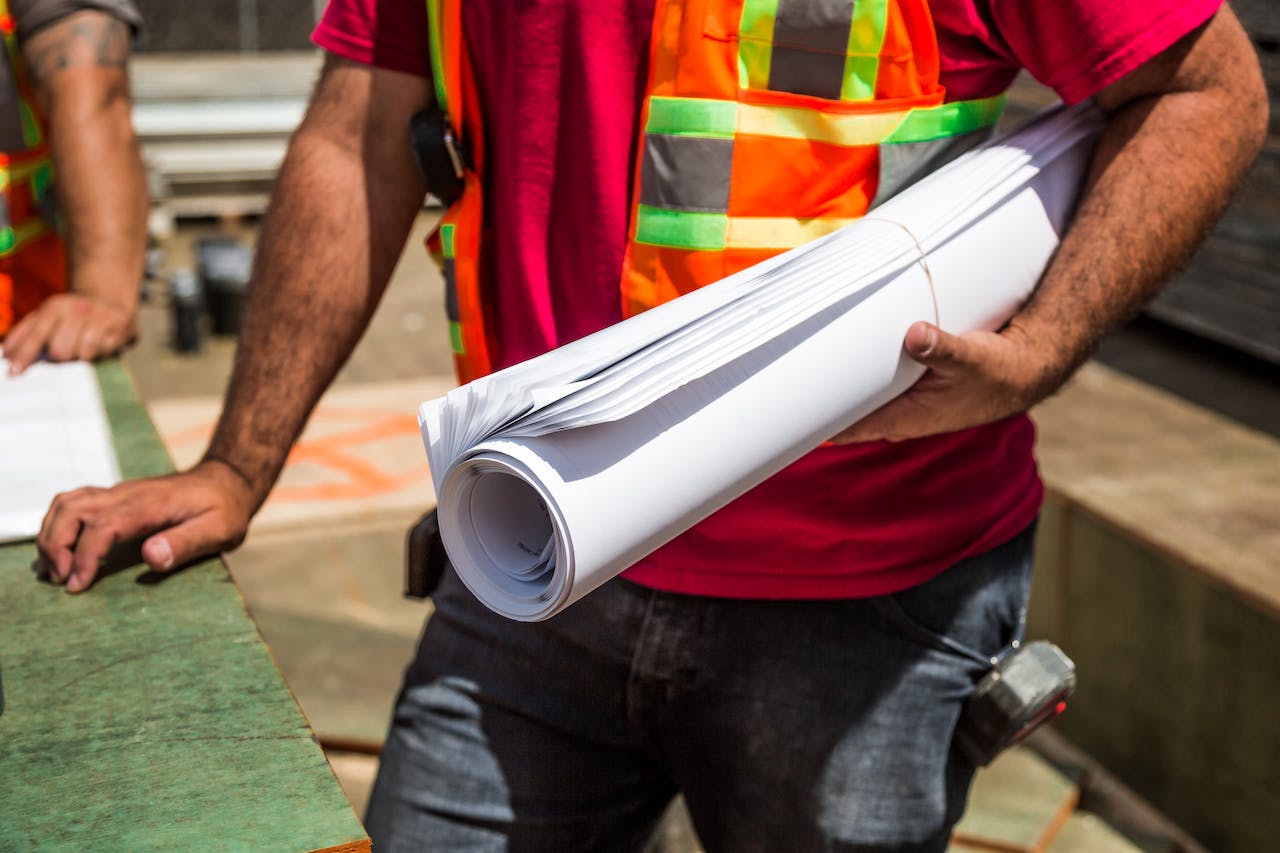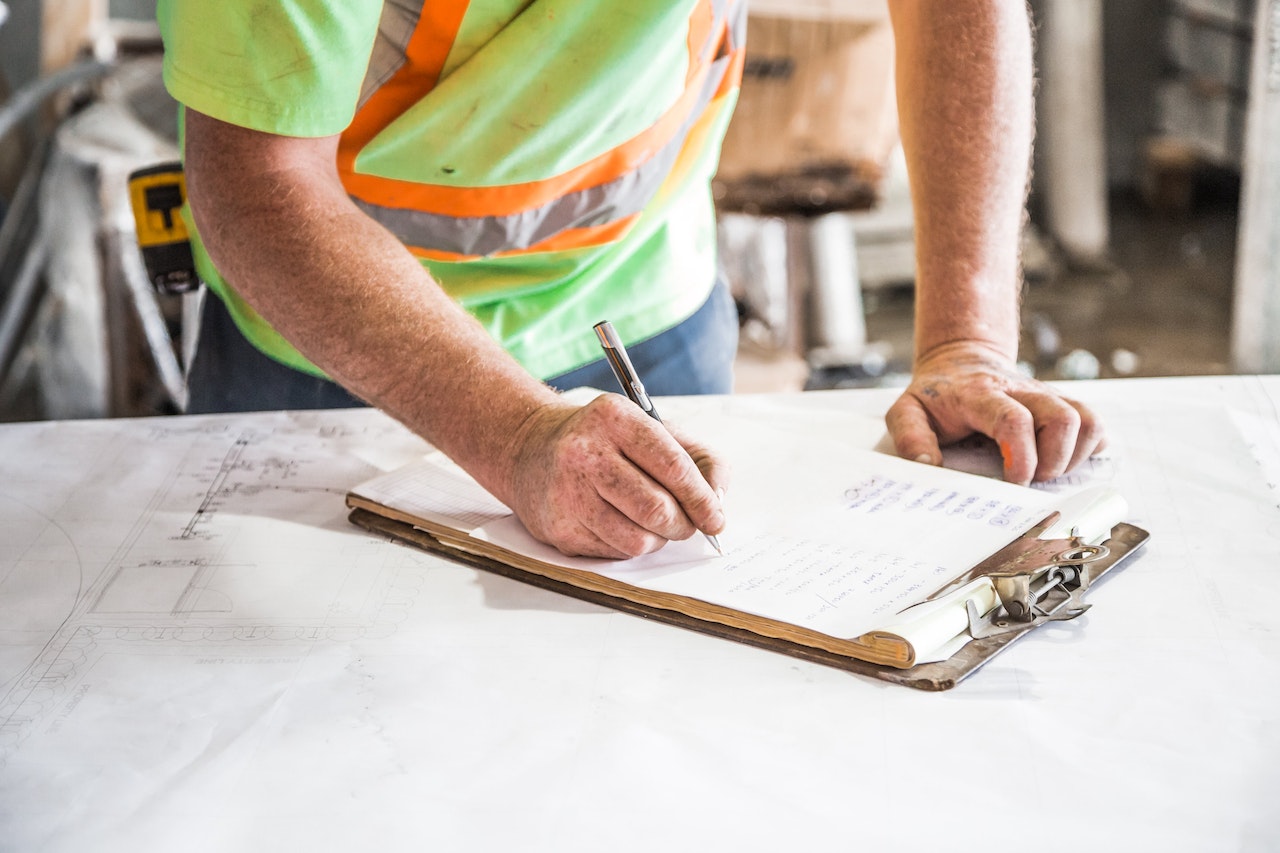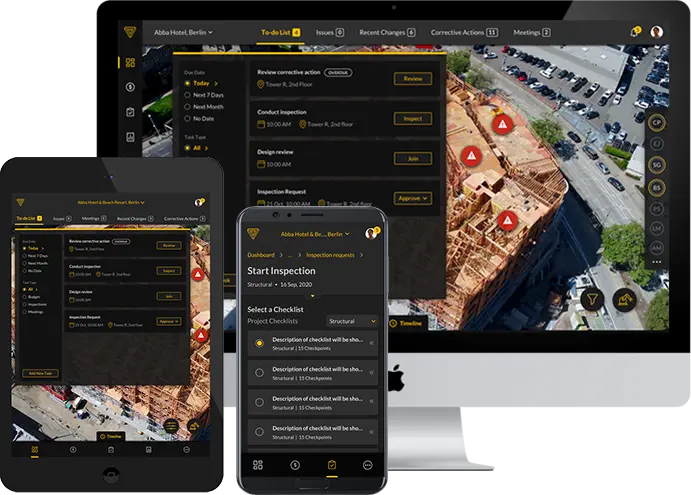The construction industry’s success relies heavily on collaboration among diverse teams, including architects, engineers, contractors, and subcontractors.
The adoption of document management tools, which has significantly improved collaboration by streamlining procedures like submittals and Requests for Information (RFIs), has been a significant change in the construction industry over the years.
The submission and review of submittals is one of the most important parts of any construction project. In the past, submittal procedures were laborious and complicated, frequently involving an explosion of paperwork between multiple parties.
Digital upload, review, and commenting on submissions by stakeholders has sped up the approval procedure and greatly decreased the possibility of misunderstandings. This article delves into the importance of streamlined collaboration on jobsites and sets the stage for exploring various methods to enhance this crucial aspect of construction projects.
Digital Project Management Platforms:
Traditional project management techniques have failed to meet the demands of today’s job sites in a time when building projects are becoming more complex and interdependent. Here come digital project management platforms, sophisticated tools that have transformed the way building projects are organised, carried out, and tracked.
These platforms include a full range of technologies intended to improve collaboration amongst multiple stakeholders, centralise communication, and expedite processes. These platforms offer real-time analytics that help project managers make wise decisions and keep projects on time with features like task tracking, resource allocation, and progress monitoring.
Building Information Modeling (BIM) Integration:
Building information modelling (BIM) has become a pillar of construction innovation, revolutionising how projects are conceived of, created, and built. In order to facilitate information cooperation, BIM integration requires the creation of a digital representation of a building’s structural and functional attributes.
BIM technology promotes effective decision-making and lowers the possibility of mistakes by enabling architects, engineers, contractors, and other stakeholders to collaborate on a common platform. BIM integration increases team collaboration and increases the effectiveness of the entire project, from clash detection to material amount estimation.
Real-time Communication Tools:
In the construction field, good project management is built on effective communication. Instant messaging, video conferencing, and project-specific communication platforms are examples of real-time communication solutions that bridge the gap between stakeholders who may be separated by geography.
These tools accelerate decision-making and problem-solving, allowing stakeholders to address issues as they occur and prevent bottlenecks. By enabling teams to quickly respond to inquiries and offer progress updates, real-time communication also improves transparency.
As a result of the incorporation of these technologies in DPMPs, communication is kept consolidated, accessible, and well-documented, facilitating seamless collaboration throughout the project lifecycle.
Wearable Technology for On-Site Collaboration:
Wearable technology integration has transformed on-site collaboration. Wearable sensors, AR glasses, and smart helmets have made it possible to share information in real time and collect data straight from the building site. By providing employees with crucial information while remaining hands free, these wearables improve safety.
DPMPs that use wearable technology benefit from features like real-time data collection, progress monitoring, and even safety monitoring. For instance, BIM models can be visualised overlaid into the real world by construction workers wearing AR glasses, facilitating precise positioning and installation.
Collaborative Robotics (Cobots):
Cobots, also known as collaborative robotics, are robotic devices created to collaborate with human workers. Cobots are being integrated into DPMPs in the construction sector to carry out recurring, labour-intensive, or possibly dangerous tasks. These robots can help with jobs like bricklaying, welding, and material handling, lowering the risk of accidents and improving productivity.
Cobots that have been integrated with DPMPs can be programmed to adhere to predetermined workflows and modify their tasks in response to changing project demands.
The highest quality standards are met as a result of this dynamic collaboration between human workers and cobots, which also increases productivity and shortens project schedules.
Cloud-Based Document Sharing:
In construction projects, where extensive paperwork, drawings, and specifications must be accessed by various stakeholders, effective document management is essential. A centralised repository where all project-related documents may be safely saved, viewed, and modified in real-time is made possible by cloud-based document sharing connected with DPMPs.
This integration simplifies the review and approval procedures, lowers the possibility of version conflicts, and makes sure that everyone on the team is using the most recent data.
Collaboration among remote teams is improved via cloud-based document sharing, which makes project documents easily accessible from any location at any time. This technology supports better decision-making and accountability throughout all phases of the construction process in addition to increasing project efficiency.
In conclusion,
The introduction of these digital technologies is redefining the way projects are planned, carried out, and delivered in the dynamic world of construction project management. These technologies, when used within DPMPs, lead to more successful and efficient construction projects by facilitating communication and collaboration and improving safety and accuracy.
Adopting these innovations as the sector develops will be essential to maintaining competition and addressing the increasing demands of contemporary construction projects.




